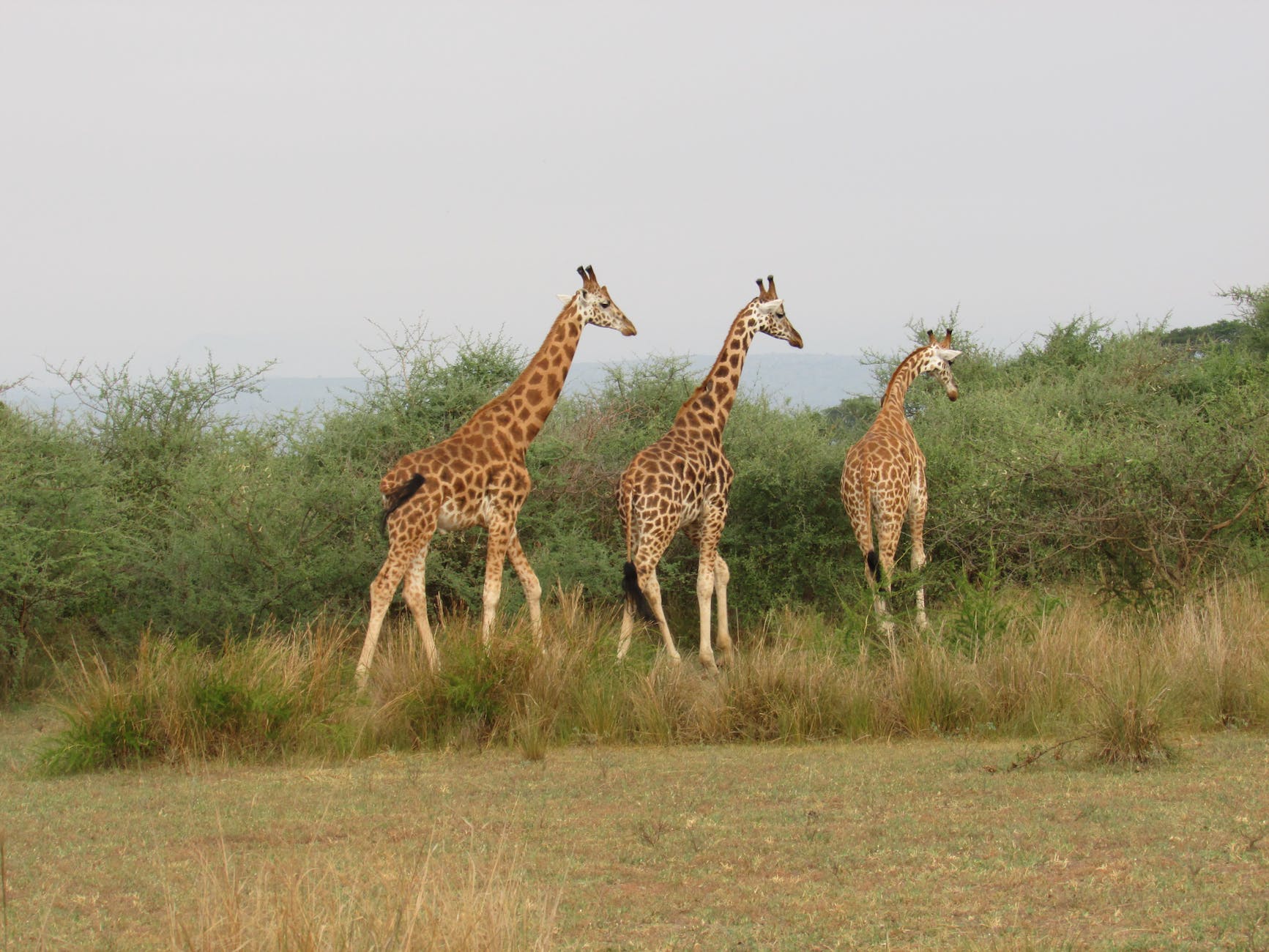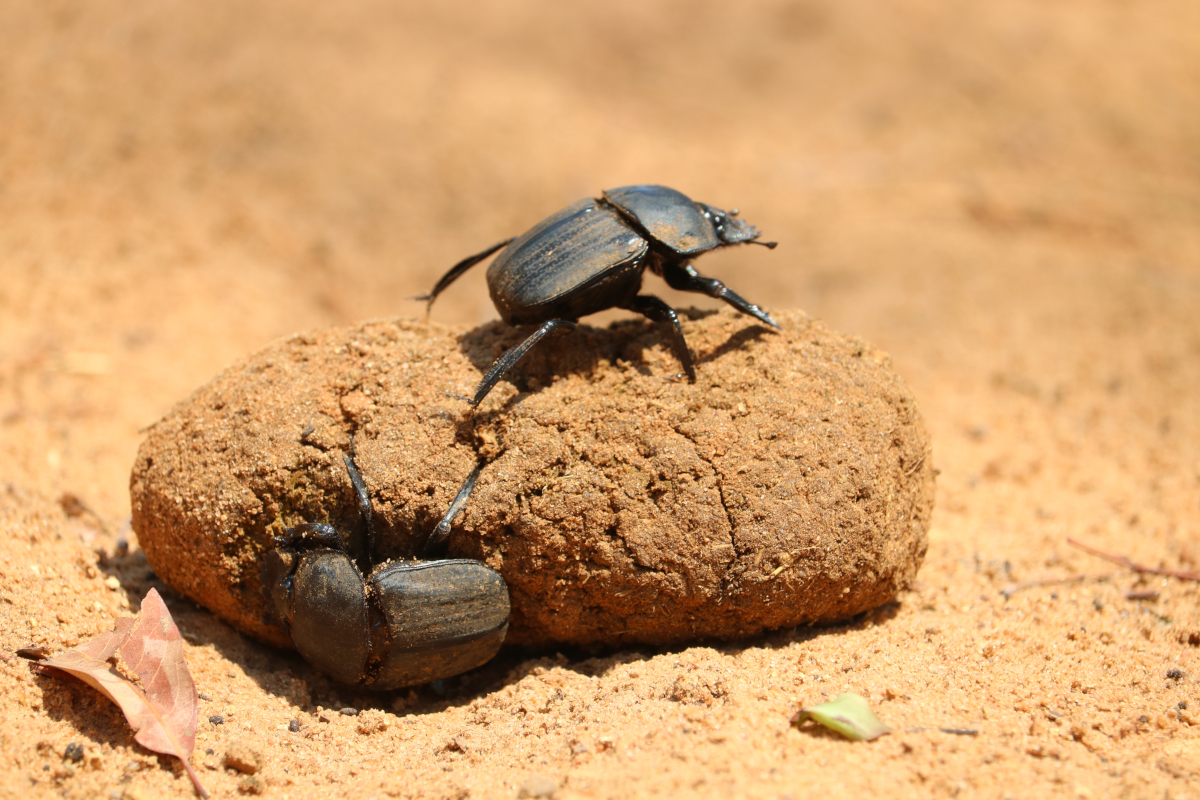Biology 101: Anthropomorphism
If you’ve worked with animals for a while, you probably have heard of the term and might know the meaning of it. But if you haven’t worked with animals in a professional way, then this term being used might raise some questions. Anthropomorphism is the term that describes the attributon of human characteristics and behaviors to non-human entities, including animals. But what does that mean and how is it used in pet ownership?
Do animals have emotions?
When you ask this question to someone without pets, they might argue that animals do not have emotions and don’t experience feelings like humans do, but this isn’t neccesarily true. From Pythagoras to Charles Darwin, scientists have always held an open mind to animals being able to experience emotions such as joy, fear, shame, rage, compassion, respect and many other emotions that we as humans also experience.
But there are scientists who believe the attribution of emotions to animals might also be able to be explained through a stimulus-response theory. Especially those with a behaviorist approach, believe that animals merely react to stimulants that trigger a specific response learned through a ‘trial and error’ process. They argue that people just attribute human-like emotions to animals because the responses are similar to that of humans.
In recent years, evidence has been found through the use of advanced technologies including animal observation, that animals experience emotions at least to a certain degree. They’re now asking themselves what the differences are -if any- between the perceivance of the world by humans versus non-humans, which includes animals. Because social animals rely on a group for survival they must be more aware of what other animals around them are feeling, implementing the idea of empathy being an evolutionary mechanism to maintain social cohesion. Raising the question if this feeling of empathy is reciprocated between species.
So to conclude: Most scientists would believe animals have emotions, at least to an extent. It is unknown if animals understand our emotions or if we would be able to understand theirs. And with that limited amount of knowledge, it’s important to know why humans anthropomorphize. Why they attribute human-like charachteristics and behaviors to animals and why and how this can be harmful to pets.
Why humans anthropomorphize
Humans are mammals, which means us people are just another animal species. We just happened to evolve into a species that has a high level of consiousness and widespread knowledge of emotions. Humans are also a social species and social species are more likely to pick up on social cues indicating emotions, behaviors and other characteristics. Attributing human-like characteristics and behaviors (anthropomorphizing) is a way of making sense of the world. It happens with anything that is not human: robots, toys, spirits, imaginary friends and also other animals. And doing this can fulfill a social need. Especially for people who feel lonely or experience social anxiety, it can be beneficial to anthropomorphize in order to feel less of the negative emotions accosiated with that state of mind. But where it can be beneficial to humans, it can become harmful for animals.
The harmful ways of animal husbandry
In most cases, anthropomorphism is either beneficial to animals or neutral. Meaning that the behavior of attributing human-like characteristics brings the animal positive life experience or it doesn’t influence the animal at all. But sometimes this behavior can get into the extremes and cause a range of dangerous issues for the animals. This also happens in the pet ownership of hedgehogs and tenrecs.
A great example of this is ‘Hogese’ a made-up language attributed to hedgehogs that’s used by a few groups on Facebook, where the members are owners or aspiring owners of hedgehogs. It essentially describes hedgehogs as being able to write and pronounce human language in the ways a toddler would. In most cases it’s used as a joke, where the owners of these hedgehogs would describe an experience of their hedgehogs as if the hedgehogs themselves wrote the post. Often very much exaggerated, but the outcome of it is mainly harmless for the hedgehog. In some cases it can even lead to positive effects in hedgehogs. Here are two examples.

Positive anthropomorphism
In this post by Jay Proctor, one of the admins of the Facebook group ‘Hedgehog Snoots’, wrote a post in ‘Hogese’ as if his own hedgehog wrote it. It displays anthropomorphism in the way that he attributes a human-like language to the hedgehog. The post translates roughly to:
“If you want a pretty pink strawberry snout like me, this is how you get one. Eat a lot of strawberry jellies.”
The post resembles a funny joke about how the hedgehog will get a temporary colors snout from eating strawberry. Hedgehogs are messy animals with very little personal hygene, which is a running joke amongst pet owners. And as seen in the picture that comes with the post, the hedgehog gets a small amount of strawberry jam. Which is a treat when given in small amounts. The hedgehog experiences a positive effect through this example of anthropomorphism, because of the treat.

Neutral anthropomorphism
In this post by the same person, another post in ‘Hogese’ was written with a different outcome: the hedgehog experiences nothing through the anthropomorphism. The post roughly translates to:
“Attention all Hedgehog Control agents worldwide. The Leprechaun talks funny. You can never understand a word they say out of their mouth. If they had anything worth listening to they would speak more clearly, but they don’t, so you don’t need to worry about what they say. That is all.”
Now this post is completely different and you can still see that the post is meant as a joke in which the owner attributes the language to become slightly more extreme: the hedgehog holds a grudge against leprechauns and calls to his ‘agents’ to ignore them. Reading this, you can clearly tell that the language is used to attribute some kind of hatred towards other ‘beings’, as a joke.
Now this is an example of neutral anthropomorphism, because the Facebook post does no harm to the hedgehog at all. The picture shows the hedgehog standing across from a leprechaun toy, but there are no indications that the owner influenced the hedgehogs behavior in any kind of way that if would benefit or harm the hedgehog, despite the used made-up language in which human-like characteristics are attributed to the hedgehog.
These examples and Facebook posts are used with the permission of the person who post them, with the explanation of why and how they are used in this article. And as stated, these examples described how anthropomorphism can be neutral or even positive at times. The ‘Hogese’ language is often used in these two settings and are meant to be a funny way to attribute human-like characteristics to hedgehogs that are most of the times, completely unaware of what’s happening in those scenario’s. They either are just running around doing their own thing, or they get a treat or get played with. But sometimes, this kind of anthropomorphism can also become very extreme and it can infleunce a hedgehog negatively.
Negative anthropomorphism
I chose not to include visuals with this example, because it is meant as education. Instead, i’m going to twist the positive example into a negative by implementing a theoretical scenario in which this positive outcome could evolve into a negative outcome for the hedgehog. Meaning: this scenario did not actually happen, but it could very well happen if someone would take this behavior to an extreme.
If the owner of the hedgehog read over his post and thought that providing more strawberry jam as a treat would make the hedgehog happier, it could lead to various health issues. Strawberry jam as an occasional treat is harmless. But it does contain a lot of sugars and feeding to much and too often can lead to diabetes mellitus as well as obesity. Both being possible causes for issues in the heart and liver as well, which can lead to an early death. In that case, attributing a made-up human-like language and believing that the hedgehog actually prefers strawberry jam instead of healthier treats, leads to temporary positive experiences for the hedgehog. But repeated too often, it can lead to drastically harmful outcomes.
Other examples of negative anthropomorphism can be:
- Housing hedgehogs together: People often think their hedgehog is lonely and needs a friend, while hedgehogs are solitary-but-social animals. This might lead to agressiveness between the hedgehogs with a deadly outcome.
- Not feeding insects: People can find insects off-putting and refuse a hedgehog a healthy diet. Insects do not display human-like behavior and are therefore often thought of as ‘gross’. A hedgehog being an insect eater, needs insects as part of their diet in order to remain a healthy lifestyle. This lack of nutrients can lead to various health issues.
Of course, there are many more examples to think of that might be harmful to our pets. Which is why it is important to always take note of your own actions when caring for an animal. While most behavior between us and our pets may be harmless or even beneficial, these can take a quick turn for the worse when we don’t account for those things. Anthropomorphism is a big part of animal care, which we don’t often acknowledge. Now that you know what it means and how you can recognize it, you can also use it to better your own understanding of your pet.
Article by Judith Dunkirk.
References
Anthropomorphism – Psychology Today
Anthropomorphism and Its Adverse Effects on the Distress and Welfare of Companion Animals
Do Animals Have Feelings? Examining Empathy In Animals – University of West Alabama
[learn_press_profile]



